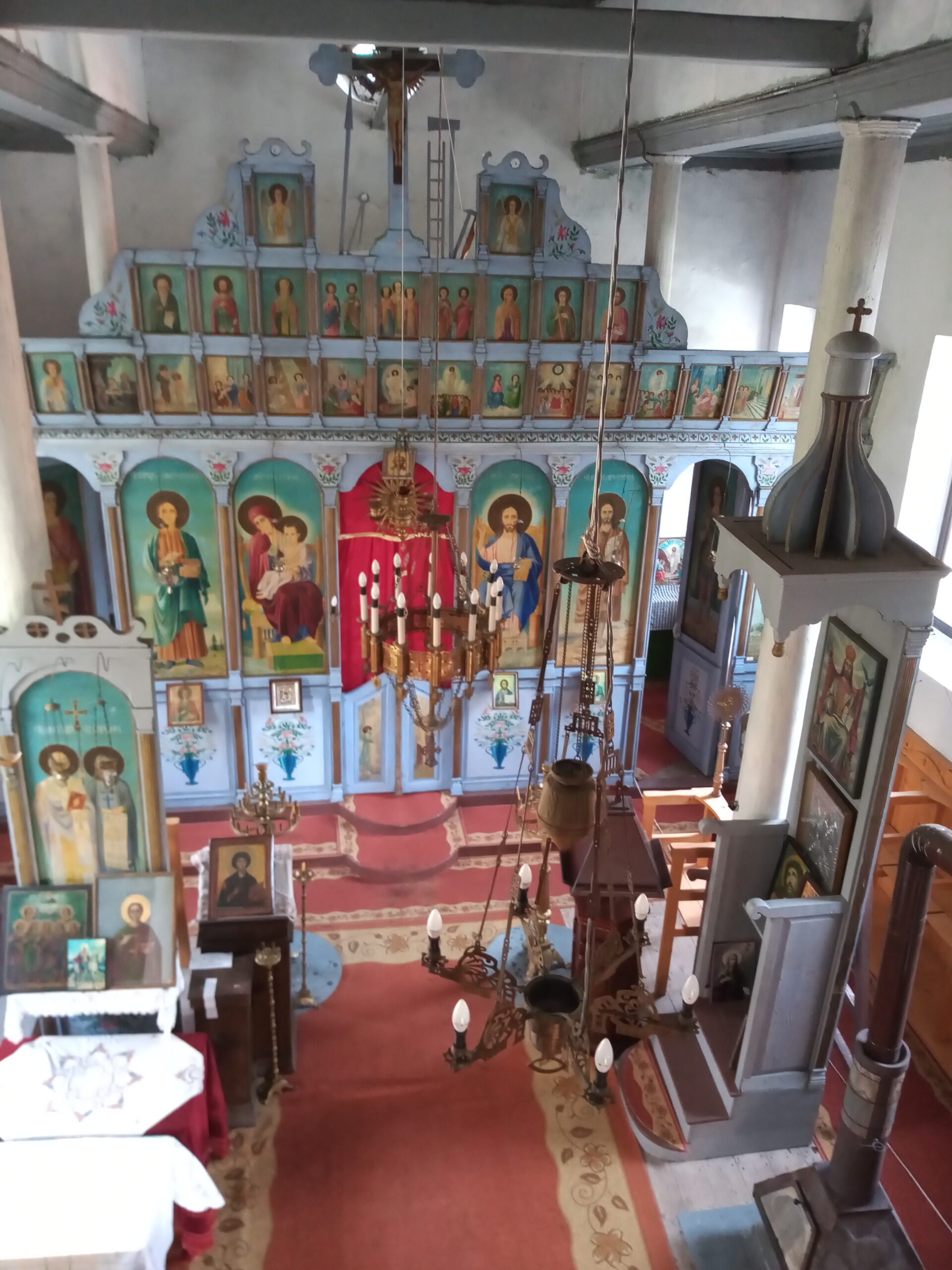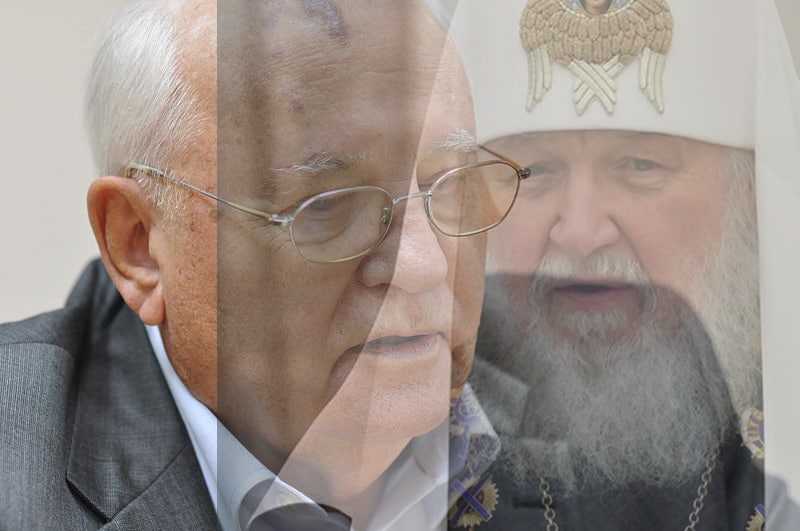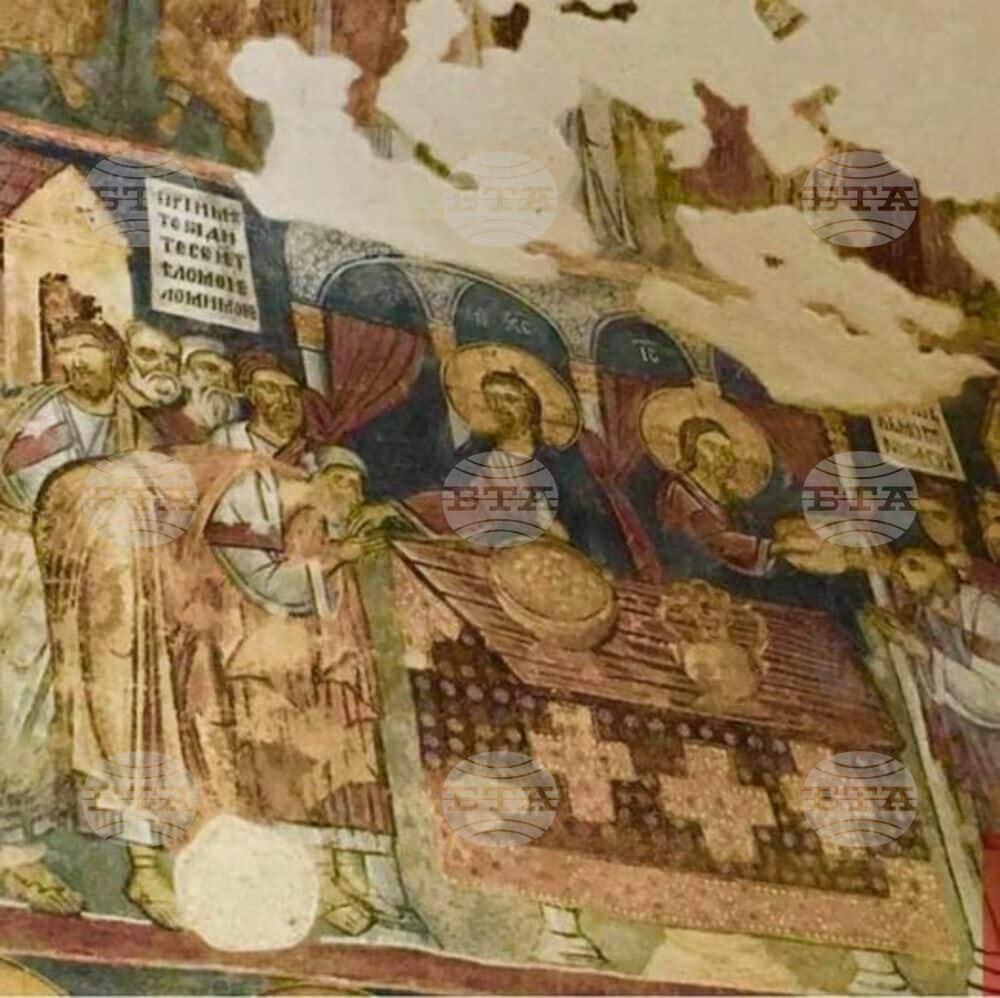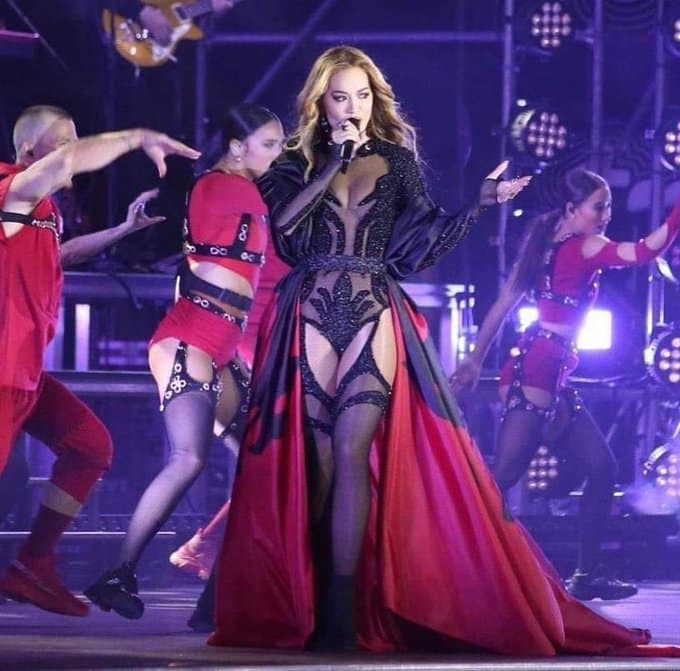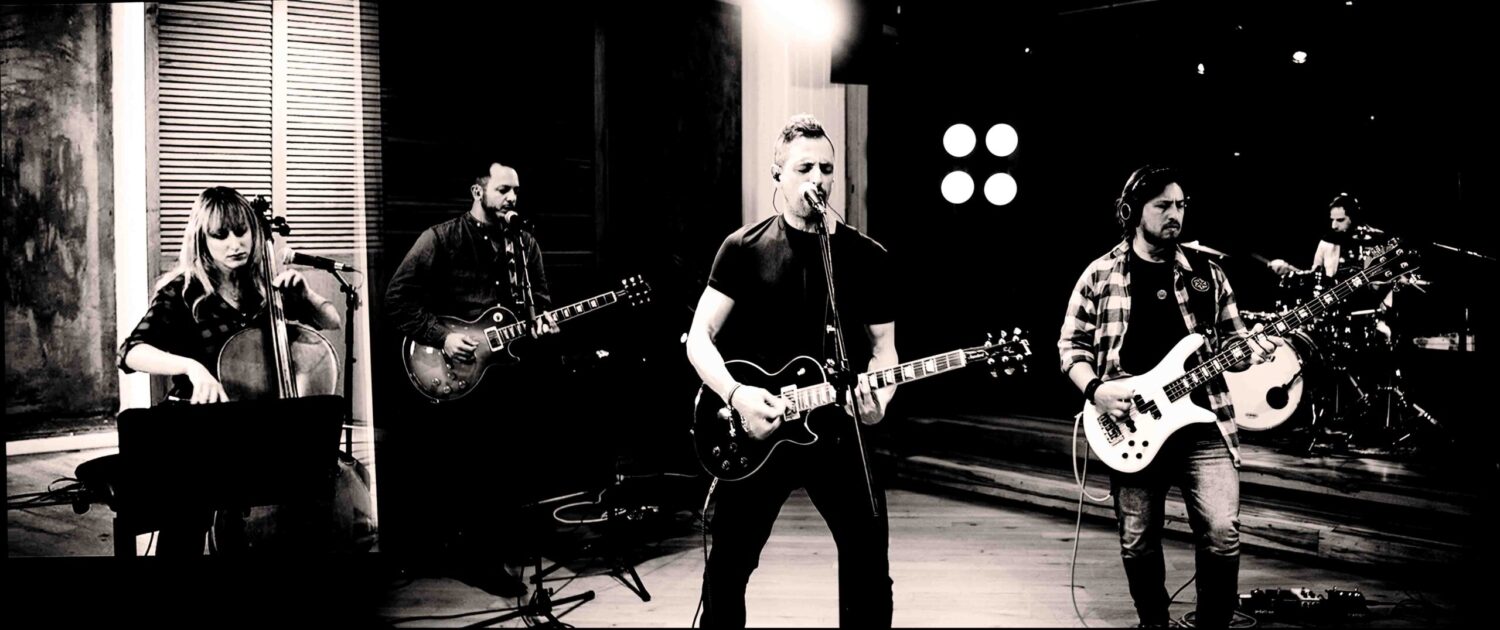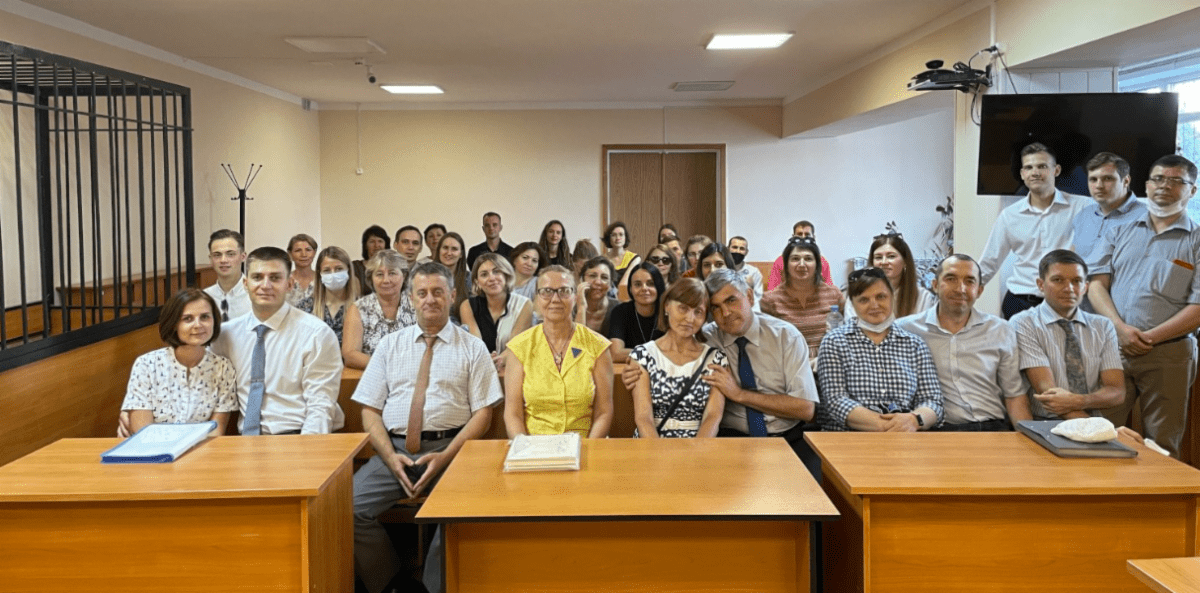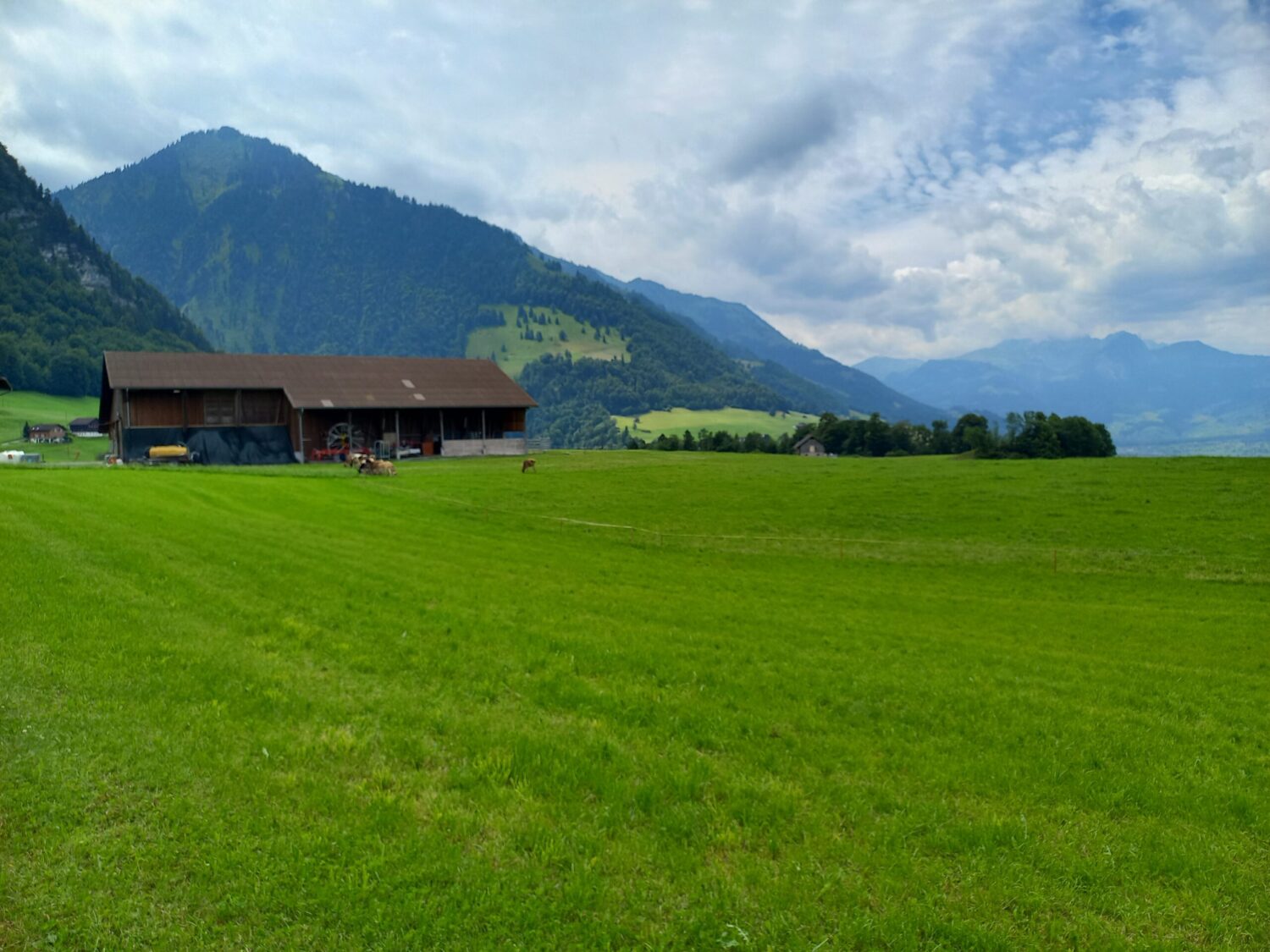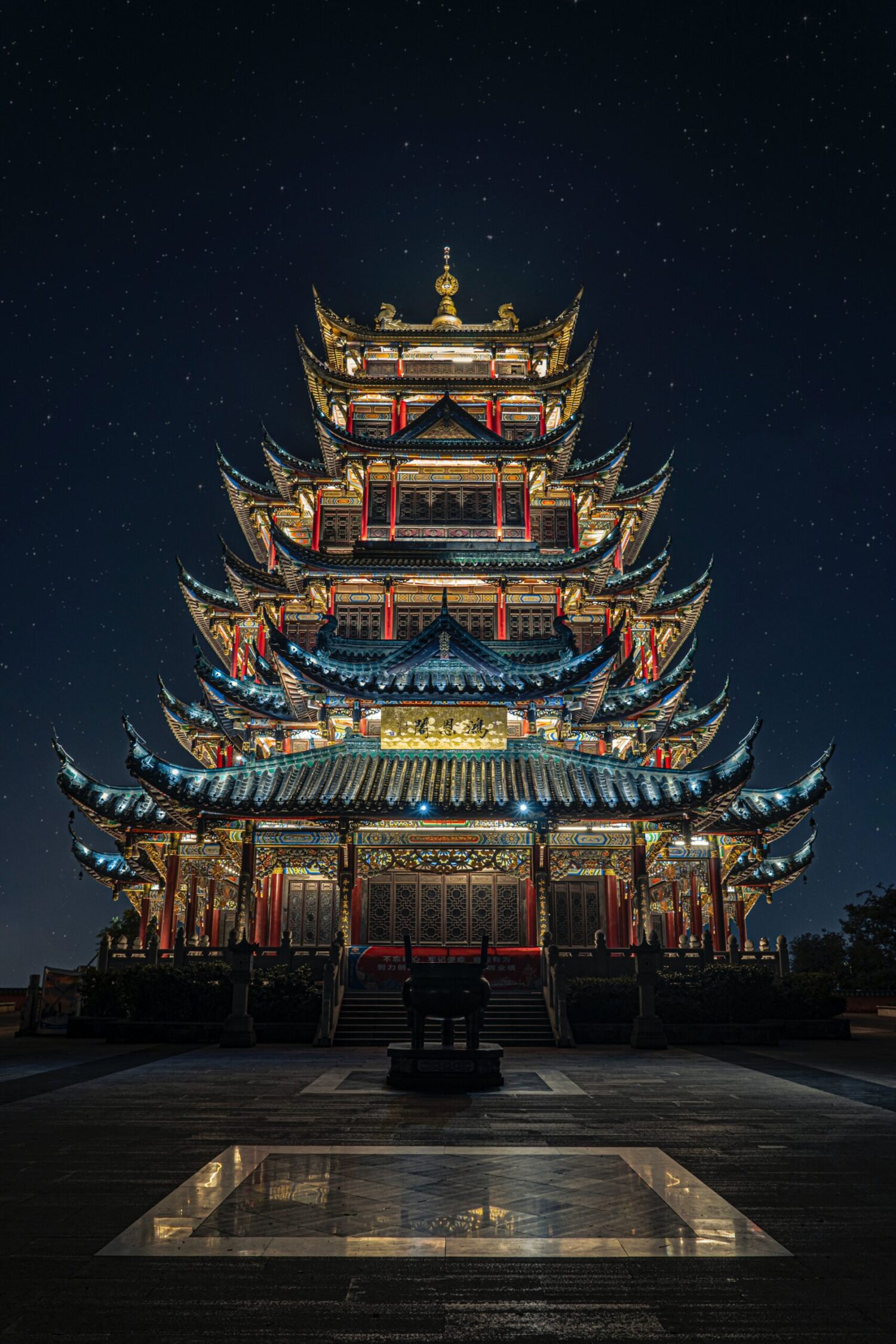During the first period of its existence, the Church consisted of numerous communities, completely separate and independent, having no canonical connections with each other – in our use of the word. While at the same time, never later was the consciousness of the united Church so extremely strong among Christians, as precisely then, when “the united Church was not just an idea, but the most real fact”.[15] And this was so, because each church, each separate municipality – in itself, in its local unity – had the living experience of the unity of God’s people. And “the unity of the external organization did not exist, not because it is allegedly contrary to the very Christian idea of the Church, as Protestant scholars tend to imagine the events, but only because in reality there was such a unity, which was even deeper , and narrower. Compared with the later forms of communion – formal, juridical and chancellery – the forms of communion that can be distinguished in the Church during the early times of its life testify to a greater penetration among Christians of the idea of a single church”.[ 16] In other words, the unity of the Church was not determined by the canonical ties, but they themselves represented the development, embodiment and preservation of that unity which was given above all in the unity of the local church.
So, locality and universality – such is the dual basis of the Catholicity of the Church. The One Universal Church does not break up into separate parts and is not some federation of churches, but a living organism in which each member lives with the life of the whole and reflects in itself all its fullness. Local unity therefore turns out to be a necessary condition for the universal character of the Church, an organic basis of its catholicity.
4. Development of the church system
However, if the local principle is a primary and basic norm of the church structure, organically arising from the very nature of the Church, then in history this principle was embodied differently – depending on the changing external conditions of the Church’s life.
The first stage of this development was the unification of the local churches into larger ecclesiastical areas and the establishment – in parallel – of the hierarchy of senior and junior churches. Initially, Christianity was established in the large cities of the Roman Empire, after which new communities gradually arose around these first centers, which naturally preserved their ties with the respective mother church, from which they received a hierarchy, a “rule of faith” at the time of their foundation. and liturgical tradition. Thus, even in the era of the persecutions, the natural church associations or areas were already formed, whereby the bishop of the senior church received the title of metropolitan. The metropolitan ordained the newly elected bishops in his area, twice a year presided over regional episcopal councils and was the appellate authority in cases between individual bishops or in complaints against bishops. In turn, the metropolises were grouped around the most ancient or metropolitan cathedrals – Rome, Antioch, etc., whose bishops later came to be called patriarchs. At the time of the conversion of the imp. Constantine to Christianity, this naturally developing structure of church organization was almost universally affirmed and was sanctioned at the First Ecumenical Council (325).[17]
Of course, the reconciliation of the Roman Empire with Christianity had the most profound impact on the life of the Church, and henceforth its external destiny began to be determined more and more by its union with the state. And since the Roman Empire declared itself a Christian state, and all its subjects became members of the Church, the Church also quite consistently began to harmonize its structure with the administrative structure of the Empire. “The order of church parishes should follow the state and civil distribution” – this is what the canons of this era say (Fourth Ecumenical Council, 17; Trul Council, 38).[18] At the same time, the final distribution of the Church within the boundaries of the five great patriarchates was also confirmed, whereby – as a result of the above-mentioned reason – the importance of some episcopal cathedrals grew in relation to the importance of their respective cities from a state point of view. The most telling example in this regard is the rapid growth in the importance and power of the Bishop of Constantinople, who already at the Second Ecumenical Council (from 381) received – as “bishop of the City of the King and Synclitus” (Rule 3)[19] – second only to the bishop of old Rome.[20]
We speak of this evolution, since the organic law of the development of the ecclesiastical structure is clearly outlined in it. On the one hand, the Church invariably “follows” history, i.e. it consciously and systematically adapts its structure to the forms of the world in which it lives. In this adaptation, however, it does not change those foundations which, representing its very essence, cannot depend on external historical conditions. Whatever changes have occurred in the system of grouping churches, in their mutual seniority, in the action of the council institute, etc., the local principle remains unchanged – as a root from which all the diverse forms of church organization grow. And the canonical activity of the ecumenical and local councils is invariably aimed at preserving this very principle – that “the churches should never mix” (Second Ecumenical Council, Rule 2).[21] Here we refer to the canons prohibiting the presence of two bishops in one city, the canons regulating the transfer of clerics from one diocese to another, the canons prescribing “in no way to perform ordinations [in any degree of the ecclesiastical hierarchy” (note trans. .)], except when appointed to a [certain (note trans.)] town or country church”[22] etc. (see, for example, Fourth Ecumenical Council, rules 6, 10, 17; Trulli Council, 20; Antioch Council, 9, 12, 22; Serdic Council, 12). Understood in their proper historical and ecclesiological context, all these canons in fact preserve the same fundamental fact of church life – the need for Christians in one place, united under the gracious authority of one bishop, to constitute an organic unity in that place, to show and to embody the Catholic and universal essence of the Church.
Thus, in connection with this development, we can only repeat the already quoted words of Fr. N. Afanasiev: “Church life cannot take arbitrary forms, but only those that correspond to the essence of the Church and are able to express this essence under the specific historical conditions.”
5. Local, universal, national
Having noted the immutable and “organic” character of this basic principle of development of the church organization, it is now necessary to trace the action of that new factor which gradually entered the life of the Church in the post-Byzantine era and which already quite closely leads us to our modern difficulties. This factor is the national one.
The Roman Empire thought of itself as a worldwide, supranational empire and even referred to itself as a “universe” (ecumena). Becoming a Christian, i.e. accepting Christianity as her faith, she continued to see her own religious vocation and purpose in the unification of all peoples in the united Christian kingdom, corresponding – in earthly terms – to the unification of all people in one Universal Church .[23] This belief was shared (although they never “dogmatized”) also the representatives of the Church. Therefore, in the Byzantine ecclesiastical writings of that time, the providential coincidence at the same time of the unification of humanity in one universal state and in one true religion is often indicated.
But must we be reminded that this dream of a united Christian kingdom was not destined to come true, and that in reality, over time, the Empire lost more and more of its universal character? At first the invasions of the barbarians cut off the West from it, and Arabs, Slavs and Turks without interruption – until the moment of its final collapse – ate away at it from the north and from the east. In the 9th-10th centuries, Byzantium became a relatively small Greek state, surrounded on all sides by newly emerging “barbarian” states. In turn, the latter, warring with Byzantium, and thus coming into the closest contact with it, themselves fell under its religious and cultural influence and accepted Christianity. Here, for the first time, the question of ecclesiastical nationalism was raised with particular acuteness.
Now, in contrast to the initial stage of the spread of Christianity in the age of persecutions, not individuals, but entire nations, already accept it and are baptized as a result of their personal conversion. Thus, carried out from above, by the state power, the adoption of Christianity naturally acquired a national and political character. Such is the conversion of Bulgaria in the 9th century, such is the conversion of Russia in the 10th century. For both St. Prince Boris and St. Vladimir, the conversion of one’s own people is not only their enlightenment through the light of true faith, but also a way towards national-state self-determination and self-affirmation.
However, in a paradoxical way, the religio-political concept that the young Orthodox peoples perceived from Byzantium and its ideal of the Christian world and the Christian state collided again with the Byzantine concept of the one Orthodox kingdom – an ideal that, despite its historical failure, continues to dominate the minds and the hearts of Byzantines. In Byzantine thought, the conversion of the new peoples naturally meant their introduction into the single imperial religious-state organism, as a rule, they were subordinated to the universal Orthodox kingdom. But in reality, this same kingdom had long since lost its authentic universal and supranational character, and for newly converted peoples, the Byzantine ideology very often turned into Greek ecclesiastical-political imperialism. At that time, “in the Greek church, the pathos of the early Christian universal unity in love had already been largely extinguished. And very often, in its place, the national-Greek pathos appeared… In Byzantium itself, that once powerful chord of languages, so wonderfully presented to the Zion hill as a symbol and sign of the Christian gospel among all peoples, almost no longer sounded.[24] And so a struggle began between these nationalisms, which inevitably affected – due to its religious nature – church life as well. One of the main goals of the young Orthodox nations is their acquisition of ecclesiastical autocephaly – as the basis of their ecclesiastical and political independence – and their struggle for autocephaly as a red thread runs from then until today through the entire history of the Orthodox world. [25] ]
In order to avoid misunderstandings, we will immediately state quite definitely that in itself this national moment in Christianity is far from an evil thing. Above all, the replacement of the one Christian kingdom by the many Christian nations is as much a historical fact as the conversion to Christianity of the imp. Constantine. And since it does not absolutize any form of historical being that existed in the world in which it itself lives, the Church can equally adapt its life both to the Greco-Roman conception of the universal Empire and to national forms of statehood. The Church has always been both thoroughly “in this world” and equally thoroughly “not of this world.” Her essence, her life, does not depend on the forms in this world. Moreover, just as the reconciliation of the Empire with Christianity after three centuries of conflict has produced fruits of greatness and sanctity in the face of the ideal of Christian statehood and Christian culture, so has the education of Christian peoples who have realized the purpose and meaning of their national existence in service of the Christian Truth and in the consecration of his national gifts to God, there remains forever the unfading glory of the Church. Such is the ideal of Holy Rus and of the great Russian culture – an ideal that is inseparable from the Orthodoxy that nurtured it. And the Church, having once blessed the Empire in its “universal” way, has thus blessed and sanctified this national ministry of this same Truth.
However, giving due credit to all the positive value of the national in Christianity, we must not fall into the idealization of history either. Seeing the light, we must not close our eyes to the shadow. The path of the Church in this world – in earthly history – has never been an idyll and requires a tireless feat and tension of the church’s consciousness. No formula is salutary in itself – neither is the universal Empire, nor the Holy Rus, nor the “symphony” between church and state – and each of these forms must be constantly filled not only with theoretical correctness, but also with living justice. For just as the Byzantine ideal of a “symphony” between church and state had too often in practice turned into simple subordination of the church by the state, so here, in the conditions of this new national path – with its shadow side – there was more subordination of the Church before the national, than enlightenment of this national by the Church. And the danger of nationalism consists in the subconscious change of the hierarchy of values - when the people no longer serve the Christian Truth and measure themselves and their lives by it, but vice versa – Christianity itself and the Church itself begin to be measured and evaluated by from the point of view of their “merits” before the people, homeland, state, etc. Nowadays, alas, for many it seems quite natural that the right of the Church to exist should be proven through its national and state merits, through its ” utilitarian’ value. Speaking of Holy Russia, they too often forget that for that ancient Russia, which carried this ideal on its back, national existence was valuable not in itself, but only to the extent that it served Christian Truth, protecting it from “infidels”, preserving the true faith, embodying this faith culturally, socially, etc. In other words, the true formula of this religious-national ideal is exactly the opposite of that with which one of the great Russian hierarchs in Soviet Russia – saying that “the church has always been with its people.” For the ideologues and thinkers of ancient Russia, however, the value of the people consisted precisely in the fact that the people were always with the Church. And precisely in this sphere of the national, where the voice of blood, of elemental and unenlightened feelings and emotions is so strong, it is so necessary to “stand guard” and discern the spirits – are they from God.
6. The disintegration of universal consciousness
At the same time, although in the history of the Church the “churching” of the new peoples has written so many pages of light and holiness, it is impossible to deny that simultaneously with it in Orthodoxy the disintegration of the universal consciousness has already begun. And this happened precisely as a result of the fact that in this era the question of the organization of the Church was posed not only ecclesiastically, but also politically and nationally. The main goal of each nation-state has become the acquisition of autocephaly at any cost, understood as the independence of the given national church from the old eastern centers and, above all, from Constantinople. We will repeat: the point here is not to blame or defend anyone. It can hardly be denied that the basis of this sad process is above all the degeneration of Byzantine universalism into Greek nationalism. It is important to understand that this semantic equating between autocephaly and independence is a typical phenomenon of a new spirit that appeared in the Church at that time and which testifies that the ecclesiastical consciousness has already begun to be determined from within by the state-national, instead of it itself defining and enlightening this state-national. The national and political categories were unconsciously transferred to the ecclesiastical structure, and the awareness that the forms of the ecclesiastical structure are determined not by these categories, but by the very essence of the Church as a divine-human organism has weakened.
(to be continued)
* “Church and church structure. About books prot. Polish Canonical position of the highest church authorities in the USSR and abroad” – In: Shmeman, A. Collection of articles (1947-1983), M.: “Русский пут” 2009, pp. 314-336; the text was originally published in: Church Gazette of the Western-European Orthodox Russian Exarchate, Paris, 1949.
Notes:
[15] Troitskyi, V. Cit. ibid., p. 52.
[16] Ibid., p. 58.
[17] A detailed exposition of this evolution in: Bolotov, V.V. Lectures on the History of the Church, 3, St. Petersburg. 1913, pp. 210 ff.; Gidulyanov, P. Metropolitans in the first three centuries of Christianity, M. 1905; Myshtsin, V. Structure of the Christian Church in the first two centuries, St. Petersburg. 1909; Suvorov, N. Church Law Course, 1, 1889, p. 34 ff.
[18] See: The Rules of the Holy Orthodox Church with their interpretations, 1, p. 591; 2, p. 195 (trans. note).
[19] Literally, the text of the rule reads: “The Bishop of Constantinople shall have priority in honor after the Bishop of Rome, because this city is a new Rome” (Rules of the Holy Orthodox Church with their interpretations, 1, p. 386). The words quoted by the author are from the text of Rule 28 of the Fourth Ecumenical Council (451), which confirms and complements the meaning of Rule 3 of the Second Ecumenical Council: Ibid., pp. 633-634 (trans. note).
[20] On this issue: Bolotov, V. Cit. op. cit., pp. 223 ff. and Barsov, T. Patriarchate of Constantinople and ego power over the Russian Church, St. Petersburg. 1878.
[21] The rules of the Holy Orthodox Church with their interpretations, 1, p. 378 (trans. note).
[22] Ibid., p. 535 (trans. note).
[23] For this ideal and its sources, see: Kartashev, A. “Судьбы Святий Руси” – In: Православная мысл, Труды Правословного богословского института в Париже, 1, 1928, p. 140 ff. See also my work “Судьбы бизантийской теократии ” – Ibid., 5, 1948, pp. 130-147.
Translation of this article by Fr. Alexander in: Christianity and Culture, 4, 2009, pp. 52-70 (note trans.).
[24] Cyprian (Kern), archim. Father Antonin Kapustin (Archimandrite and Head of the Russian Spiritual Mission in Jerusalem), Belgrade 1934, p. 76.
[25] On the history of this struggle: Golubinskii, E. Brief outline of the histories of the Правословних Церквей Болгарской, Ребской и Руменской, M., 1871; Lebedev, A. P. History of the Greco-Eastern Churches under Turkish rule, 1-2, Sergiev Posad, 1896; Radožić, N. “St. Savva and autocephaly Tserkvei Serbskoi i Bolgarskoi” – In: Glasnik Serbskoi Akademii Nauk, 1939, pp. 175-258; Barsov, T. Cit. same



